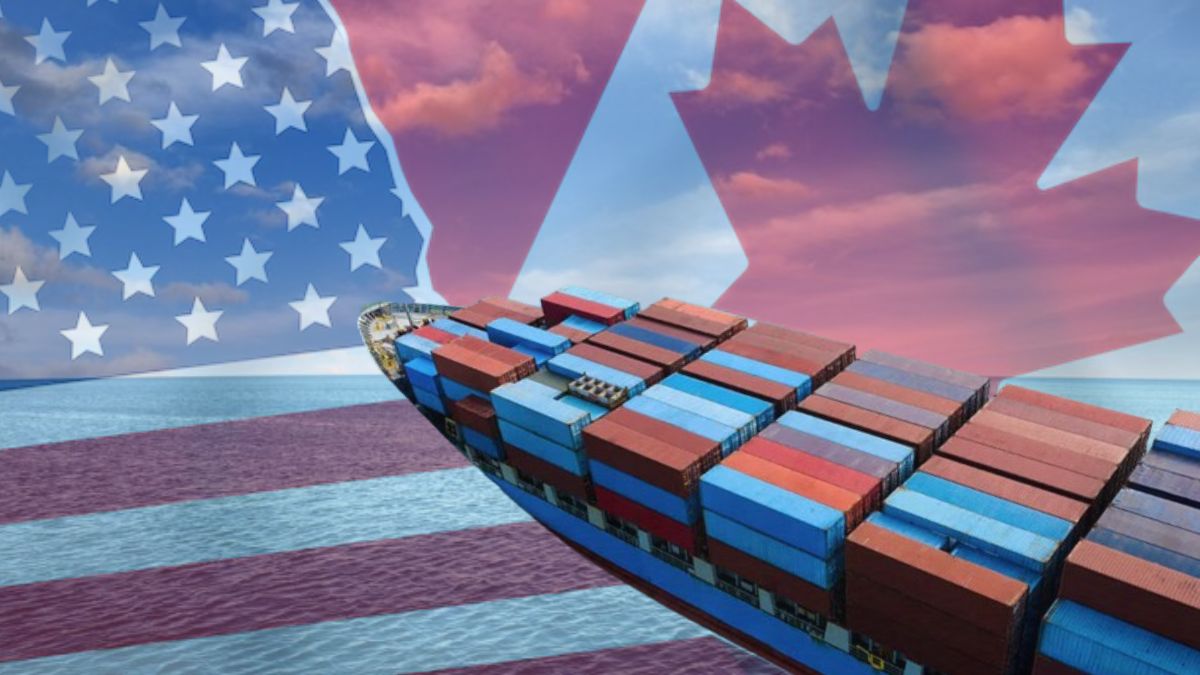
U.S. President Donald Trump once again uses tariff threats—this time against Canada—with rates that could reach up to 35%, potentially causing an increase in the price of imported goods from that country. Here’s what we know so far.
When will the U.S. tariffs against Canada take effect?
Currently, the United States imposes a 20% tariff on all products imported from Canada, which will increase to 35%. According to President Trump, this tariff hike will take effect starting August 1, 2025.
ALSO READ What time does the National Slurpee Day deal end at 7-Eleven? We’ll tell you
Which products will become more expensive due to the tariffs on Canada?
In 2024 alone, the United States imported goods worth $413 billion from Canada. So far, Trump has not specified whether the new tariffs will apply to all Canadian products or only to certain ones. Here are some of the products currently exported from Canada to the United States that could see price increases due to the new tariffs:
- Wood
- Coal
- Aluminum
- Iron and steel appliances
- Cereals, flours, and starches
- Dairy products
- Rubber
- Alcoholic beverages
- Carpets and other textile floor coverings
- Wool, animal hair, yarn, and horsehair
- Umbrellas
- Canes, seat canes, whips
- Cotton
- Photographic or cinematographic products
- Cork products
- Printed books
What other tariffs will Donald Trump impose?
In addition to the increased tariffs on Canada, President Donald Trump also plans other duties, such as doubling the current 10% tariff applied to nearly all foreign products entering the country. This would raise the tariff to 20%, or in some cases, 15%.
What are tariffs?
Tariffs are taxes imposed on the import of goods. These tariffs benefit locally manufactured products by giving them a competitive price advantage over similar imported products. They also represent a source of revenue for governments.
Why did Trump impose tariffs?
President Donald Trump has stated that tariffs are an effective tool to correct trade imbalances and protect the U.S. industry. According to the Republican, China, Mexico, and Canada have not taken enough action to stop the flow of drugs and migrants into the United States, and he sees these tariffs as a way to pressure these countries to act.
ALSO READ War against McDonald’s? Popeyes is giving away FREE chicken wraps! Here’s how you can get yours
Will supermarket prices rise due to the tariffs?
While it’s true that the United States produces and manufactures a large portion of its food, it also imports many products from other countries. According to the U.S. Consumer Federation, 15% of the country’s food supply is imported. Of that, 32% is vegetables, 55% is fruit, and 94% is seafood.
Because of this, economists have predicted a rise in prices for various products and foods. According to Thomas Gremillion, Director of Food Policy at the U.S. Consumer Federation, the standard 10% tariffs alone represent a truly historic federal tax hike, with a highly regressive impact. This, he said, will be a problem for consumers, whose purchasing power will be reduced.
Which products will increase in price in the United States?
When going to supermarkets to shop, consumers will very likely see price increases on food products that are not produced—or are produced in very small quantities—in the U.S., such as:
- Bananas: Almost all are imported from Guatemala, Costa Rica, Ecuador, Colombia, and other countries.
- Coffee: Only Hawaii and Puerto Rico grow coffee, so it is imported from countries like Brazil, Colombia, and Vietnam.
- Olive oil: Although California produces some, nearly all of it is consumed from European countries.









